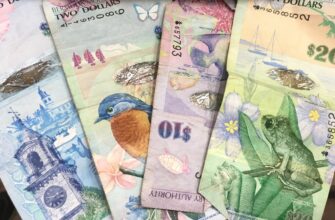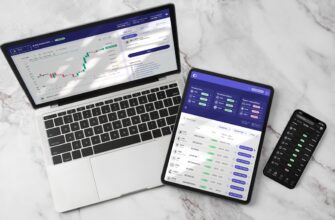Why Tracking the USD to Rupiah Exchange Rate Matters
Monitoring the USD to Rupiah (USD/IDR) chart is crucial for anyone engaged in cross-border transactions between the United States and Indonesia. Whether you’re a traveler budgeting for a Bali vacation, an expat sending remittances, an importer/exporter managing costs, or an investor analyzing emerging markets, exchange rate fluctuations directly impact your finances. A 5% swing in the USD/IDR rate can mean hundreds of dollars gained or lost on a $10,000 transaction. Real-time charts transform raw data into actionable insights, helping you time transactions strategically.
Decoding the USD to Rupiah Chart: A Visual Guide
A USD/IDR chart visually represents the historical relationship between the US Dollar and Indonesian Rupiah. The vertical axis shows the exchange rate (e.g., 1 USD = 15,000 IDR), while the horizontal axis displays the timeframe. Common chart types include:
- Line Charts: Simple trend lines showing closing rates over days/weeks
- Candlestick Charts: Reveals opening, closing, high, and low rates per period with color-coded “candles”
- Bar Charts: Uses vertical bars to display price ranges within specific intervals
Most interactive charts allow zooming from minute-by-minute changes to multi-year trends. Candlestick patterns often signal potential reversals—like a “hammer” candle suggesting bullish momentum after a decline.
How to Read USD/IDR Charts Like a Pro
Master these elements to extract maximum value:
- Time Frame Selection: Short-term traders use hourly/daily views; long-term investors analyze monthly/yearly trends
- Support/Resistance Levels: Identify price zones where the rate consistently rebounds (support) or stalls (resistance)
- Moving Averages: Overlaid lines (e.g., 50-day or 200-day) smooth volatility to highlight trends
- Volume Indicators: High trading volume during price breaks confirms trend strength
- Economic Calendar Overlays: Correlate rate spikes with events like Federal Reserve announcements
Key Factors Driving USD/Rupiah Exchange Rates
The USD/IDR chart reflects complex economic interplay. Major influencers include:
- Interest Rate Differentials: Higher US Fed rates typically strengthen USD against IDR
- Commodity Prices: Indonesia’s export-heavy economy (palm oil, coal) sees IDR rise with commodity booms
- Inflation Trends: High Indonesian inflation erodes Rupiah purchasing power
- Political Stability: Elections or policy shifts cause volatility (e.g., 2018 IDR slump during trade deficit fears)
- Global Risk Sentiment: IDR often weakens during market turmoil as investors flock to USD
In 2023, the USD/IDR ranged between 14,800 and 15,800—a 6.7% swing driven by these variables.
Top Sources for Accurate USD to Rupiah Charts
Access real-time and historical charts via:
- TradingView: Customizable charts with technical indicators (Free & paid tiers)
- XE.com: Reliable live rates and simple historical graphs
- Bloomberg/Reuters: Professional-grade data for institutional users
- Bank Indonesia: Official daily reference rate (11:00 AM Jakarta time)
- Forex Broker Platforms: Interactive tools like MetaTrader for active traders
Always verify timestamps—delayed data can mislead decisions.
USD to Rupiah Chart FAQ
Q: How often does the USD/IDR rate update on charts?
A: Real-time charts refresh every 1-5 seconds during market hours (Sunday 5 PM to Friday 5 PM EST). Bank rates typically update once daily.
Q: Why did the Rupiah weaken significantly in 2018?
A: A “perfect storm” of rising US interest rates, a $2 billion monthly trade deficit in Indonesia, and emerging market sell-offs pushed USD/IDR to 15,250—a 20-year low at the time.
Q: Can I predict future USD/IDR rates using charts?
A> While charts identify patterns, exchange rates depend on unpredictable fundamentals. Use charts to assess probabilities, not certainties. Combining technical analysis with economic news yields the best insights.
Q: What’s the difference between interbank and money changer rates?
A> Interbank rates (shown on charts) are wholesale prices between banks. Money changers add 3-5% margins. Always check actual rates before transacting.








